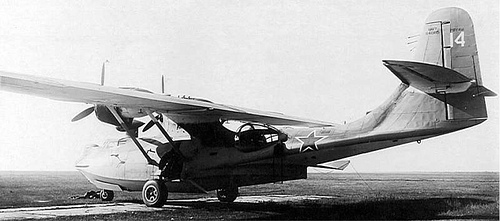LCharnes
Airman
If this isn't the right place for this post, please let me know where that place is...
Does anyone know why the Russians didn't build a copy of the He-111 the way they did the A-20, B-25, B-29, Do-17, C-47, yadda yadda? Or did they, and it's very obscure?
Does anyone know why the Russians didn't build a copy of the He-111 the way they did the A-20, B-25, B-29, Do-17, C-47, yadda yadda? Or did they, and it's very obscure?

